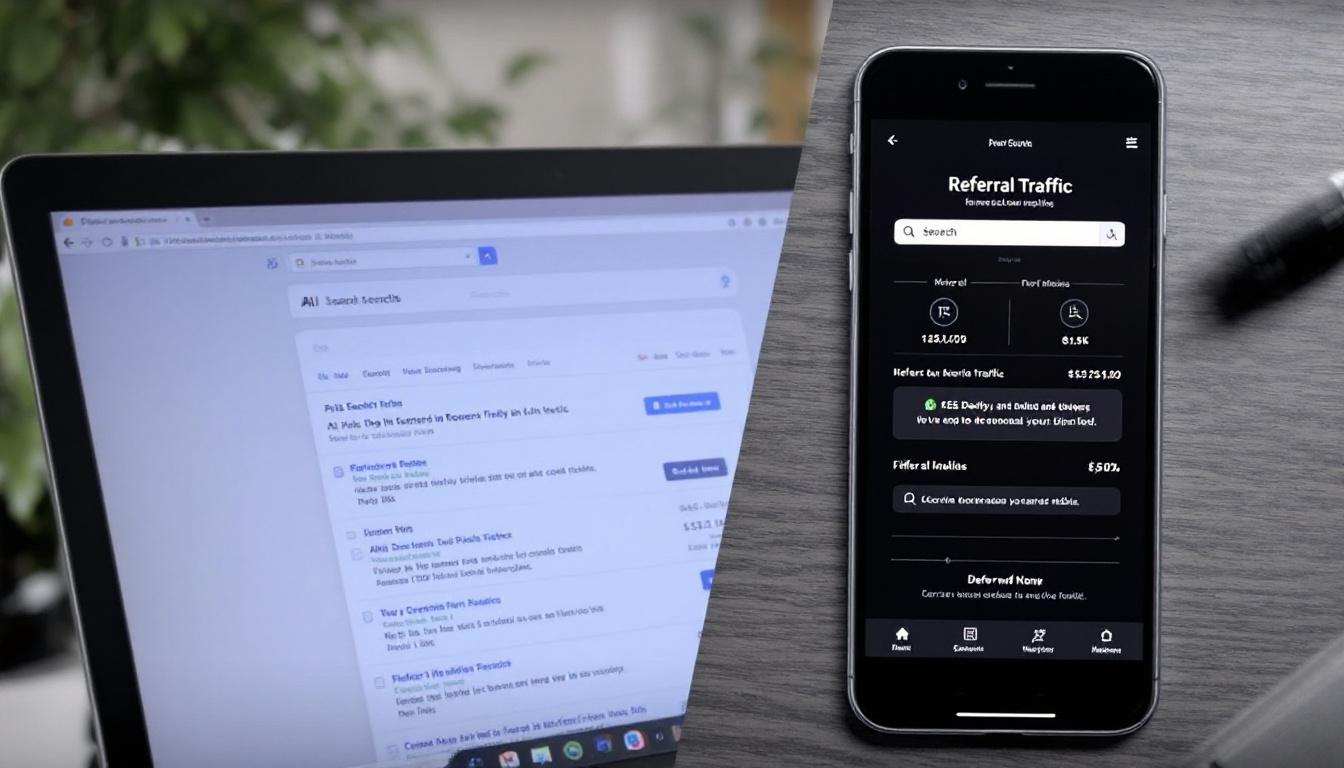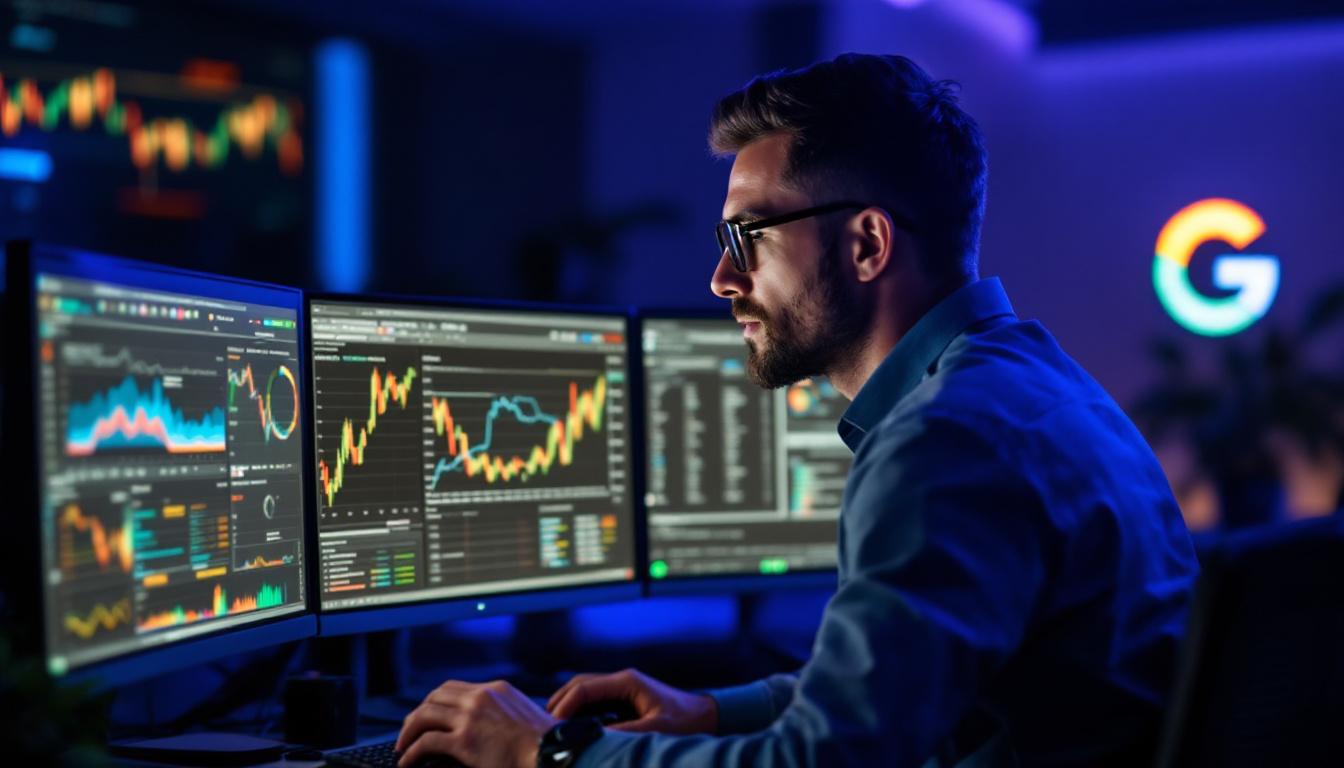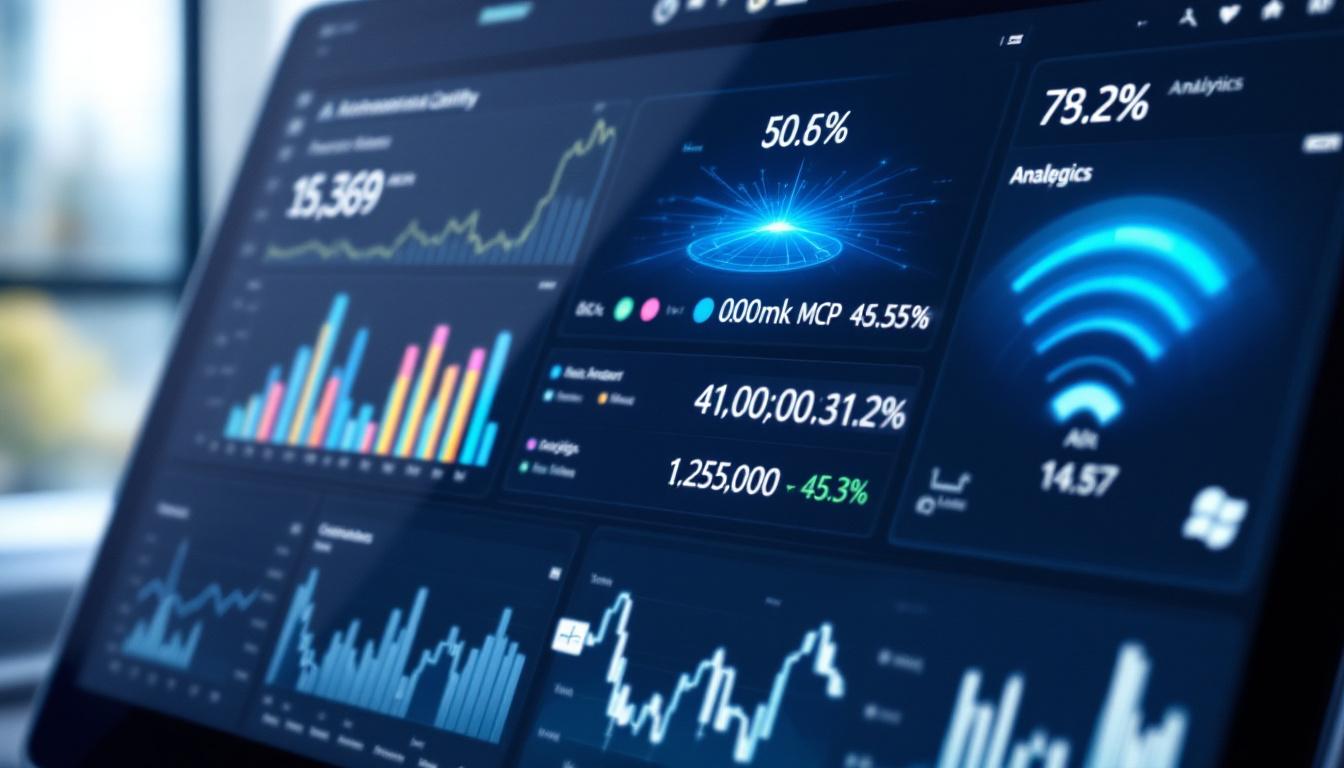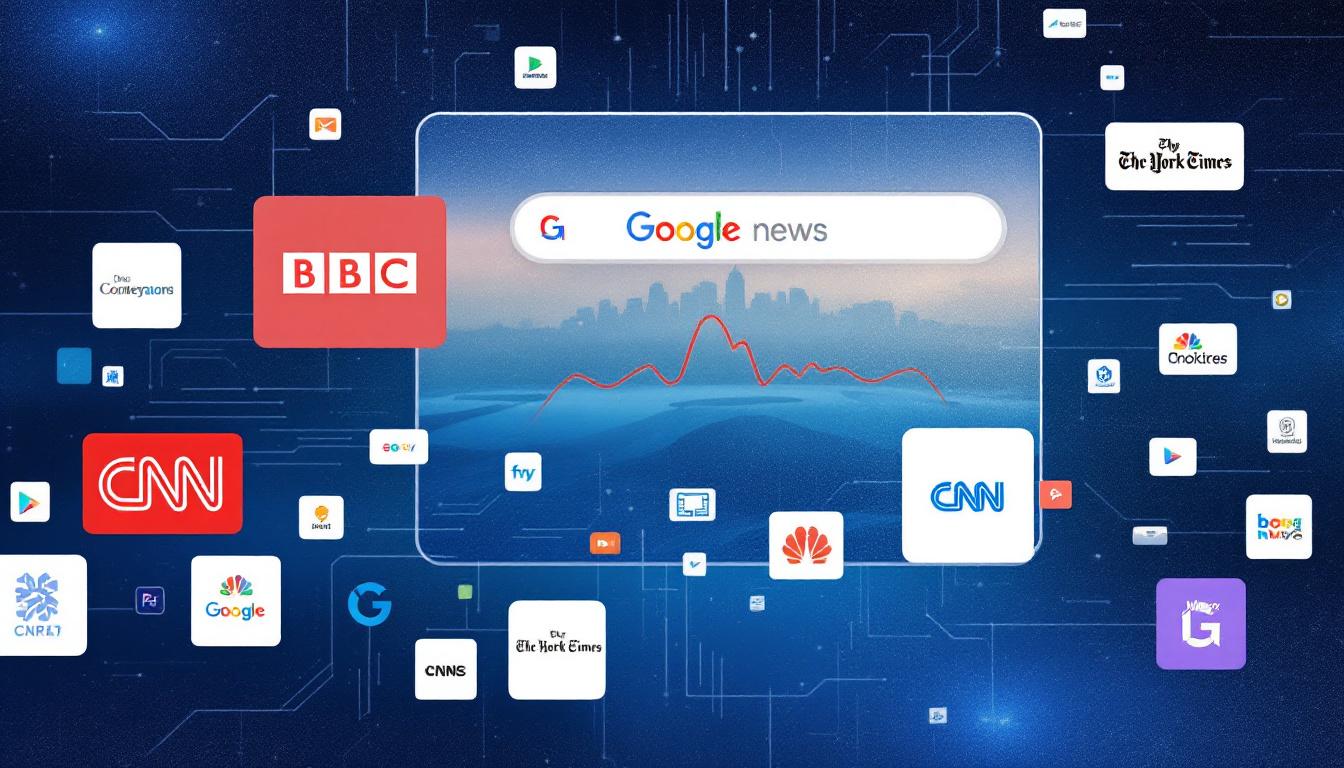OpenAI has expanded its GPT-4o capabilities by incorporating image generation, allowing users to create contextually relevant visuals seamlessly within their text-based interactions.
Hostinger
Hostinger's managed cloud hosting delivers four times the speed and twenty times the resources of conventional web hosting.
This new feature is accessible to all ChatGPT users, including those on free plans, marking a significant advancement in AI-driven content creation.
Enhanced Image Generation in GPT-4o
The integration of image creation into GPT-4o brings a new dimension to user interactions, enabling the generation of visuals that align closely with conversational context.
Key Features
OpenAI has equipped GPT-4o with several advanced functionalities to enhance image creation.
The system excels at accurately rendering text within images, supporting detailed prompts that include multiple objects, and maintaining a consistent style across edits.
Additionally, users can generate visuals based on uploaded references, ensuring the images reflect specific requirements and inspirations.
With these enhancements, GPT-4o not only produces visually appealing images but also ensures they are contextually appropriate and aligned with user intent.
Demonstrating New Capabilities
To showcase the practical applications of the new image generation feature, OpenAI provides several illustrative examples.
Consistent Character Design
Maintaining character consistency across multiple iterations is crucial for design projects.
For instance, generating an image of a cat and then modifying it to include a hat and monocle demonstrates how GPT-4o preserves the character’s core features while allowing creative enhancements.
Text-Based Image Creation
Creating detailed textual content within images can enhance communication and presentation.
A practical example is generating a full restaurant menu based on a comprehensive prompt, which allows marketers to visualize text-heavy materials effectively.
These examples highlight the system’s ability to handle both creative and functional image generation tasks, making it a versatile tool for various industries.
Acknowledging Current Limitations
While the new image generation feature offers significant advancements, OpenAI recognizes several areas that require improvement.
Technical Challenges
Addressing these limitations is essential for refining the user experience.
Currently, GPT-4o may crop long images too tightly, produce inaccuracies with vague prompts, struggle with rendering multiple concepts simultaneously, face difficulties with non-Latin characters, and have issues maintaining consistency when editing specific parts of an image.
OpenAI is committed to addressing these challenges through ongoing model enhancements post-launch.
Impact on Search and Business
The introduction of AI-driven image generation has broader implications for search engines and business communications.
Best Practices for AI-Generated Images
To leverage this feature effectively, certain guidelines should be followed.
Users are encouraged to utilize C2PA metadata for transparency, include appropriate alt text for accessibility, ensure images meet user intent, and create unique visuals rather than relying on generic templates.
Industry Reception
Reactions from industry experts highlight the evolving landscape of AI-generated content.
For example, Google’s Search Advocate John Mueller has expressed skepticism about AI-generated images. While his views do not directly impact Google’s algorithms, they reflect ongoing discussions about the role and acceptance of AI in content creation.
As AI-generated images become more prevalent, businesses must navigate these considerations to effectively integrate visuals into their strategies.
The Bottom Line
OpenAI’s integration of image creation into GPT-4o represents a significant step forward in AI-assisted content generation.
By providing users with the ability to create contextually relevant and visually consistent images, OpenAI enhances the practical applications of its AI models across various industries.
While there are still challenges to overcome, the potential benefits for businesses and creatives alike are substantial, paving the way for more dynamic and engaging digital interactions.








